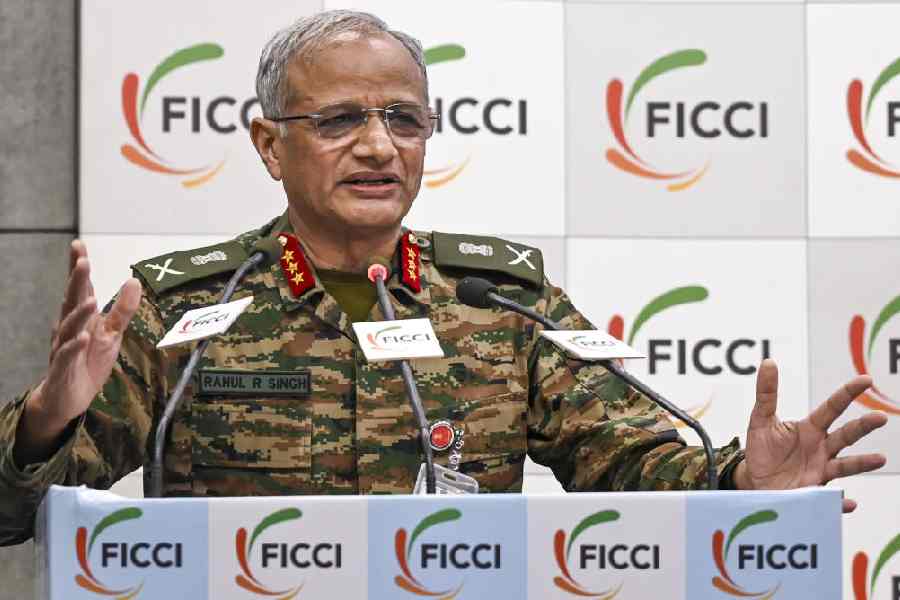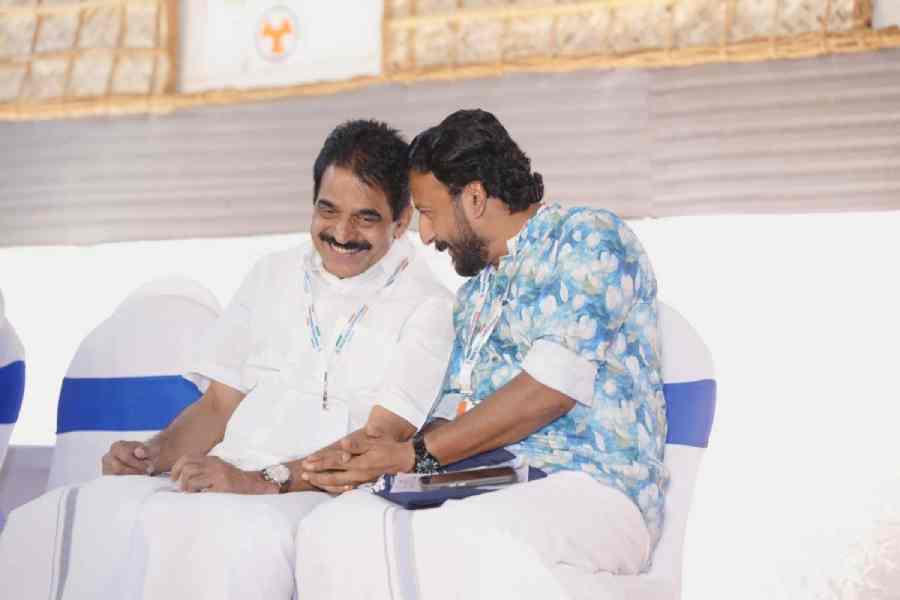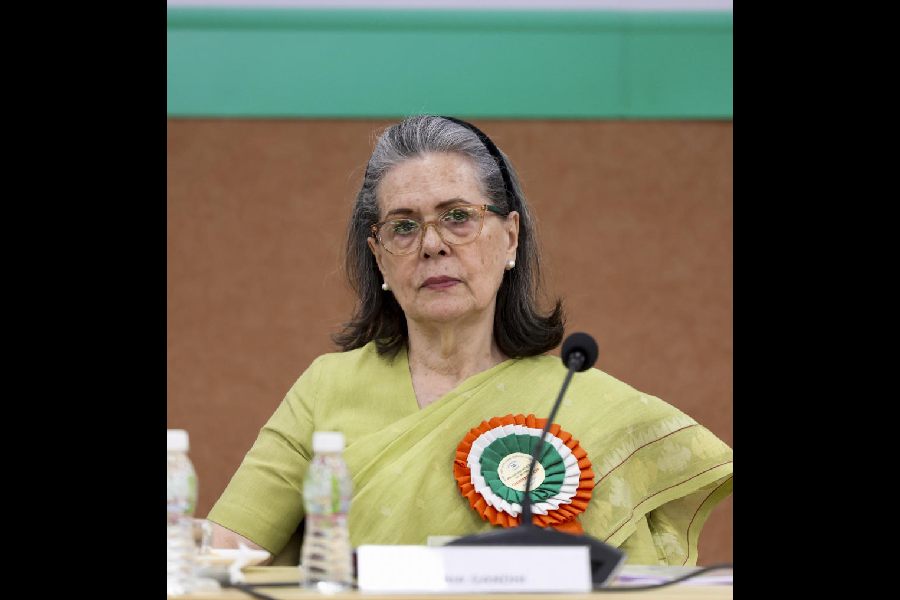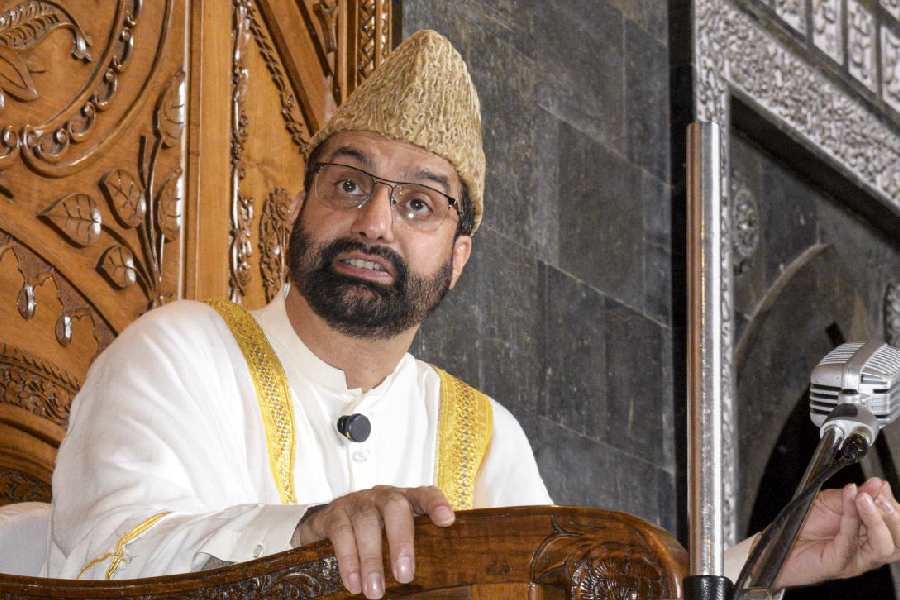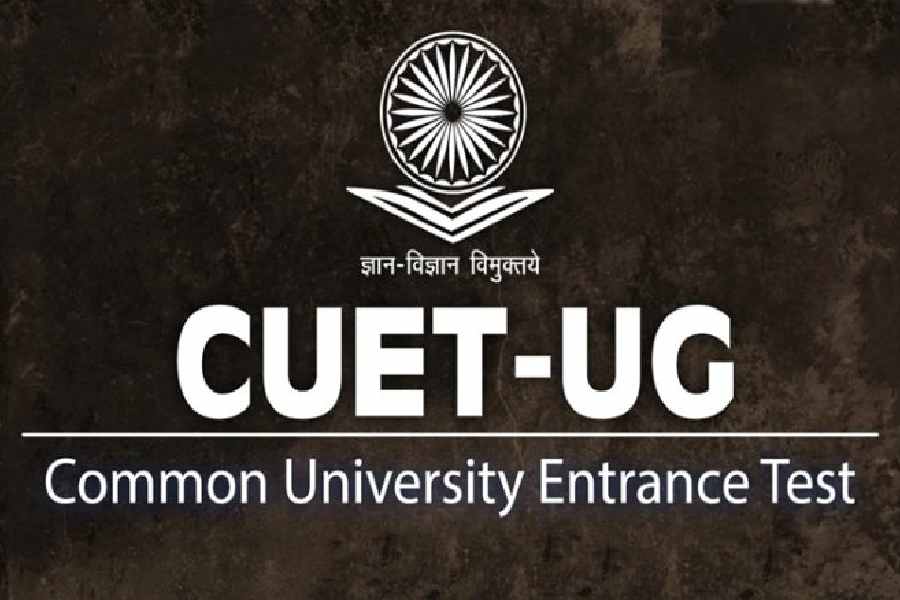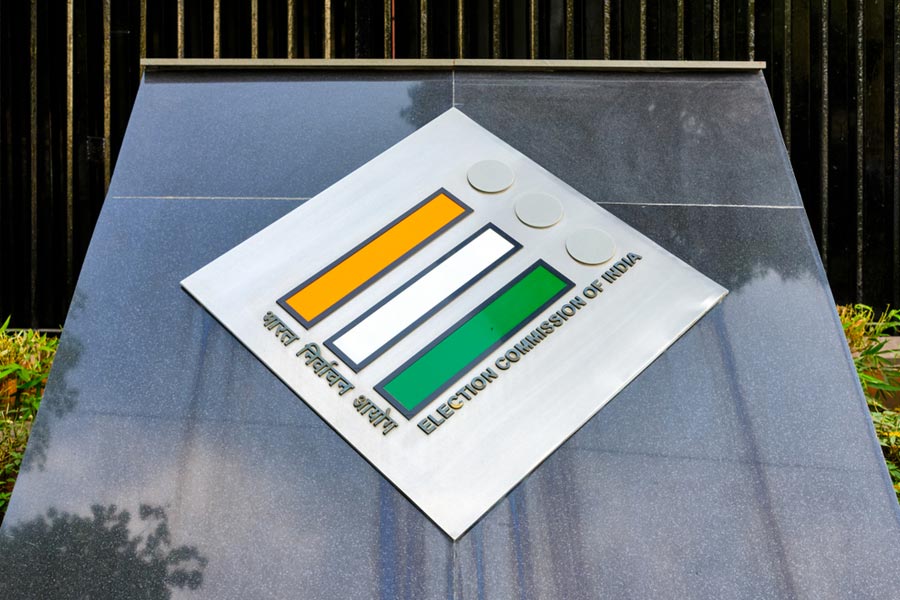|
|
| Future of research |
July 8 2008 was the 100th birthday of that doyen among Indian social scientists of the last century, V.K.R.V. Rao. His scholarship resulted in new directions for economics, he founded and ran for some years three great institutions and initiated many others — a great educationalist, who discovered and promoted many talented young scholars. Leading social scientists met at Bangalore at the Institute for Social and Economic Change to discuss aspects of the institutional structure of social science research. They looked at accountability, interdisciplinary working, transparency and dissemination, orientation to sponsored projects, resources available and needed, autonomy and inter-institutional cooperation. Despite the possibly controversial issues, there was unanimity on the conclusions on each topic. The chairman, Indian Council of Social Science Research, felt that the interchange was so useful that the ICSSR would sponsor such meetings every year.
It was agreed that the quality of social science research had been declining for some years. This was mainly because of the migration overseas of the best researchers for better opportunities as well as the large salaries offered by the private sector, especially to economists. In contrast, PhD scholarship amounts are very low and salaries in full-time research employment are a fraction of those in the private sector. With government funding declining in real terms and relatively static even in nominal terms, alternative funding has to be explored by every institution. Funding must be related to the merit of the institution, not to its mere existence. The closure of some of the weaker institutions and the merger of some with stronger ones are possibilities that need to be seriously explored.
Central and state governments spend around Rs 600 crore a year through their different ministries. In addition, state -owned enterprises also spend money on social science research. While most of this money is on data collection, the utility and usage of research findings by governments are very limited. There is no coordination between government agencies in spending money on social science research. The private sector also spends increasing amounts on it. That spending is purposive and almost invariably leads to business decisions. In this broad context, the ICSSR has an annual budget of Rs 50 crore or so to support 27 institutions, contributing around 27 per cent to their budgets. State governments contribute around 46 per cent. Research institutions have therefore to raise the balance of 54 per cent from corpus income and sponsored projects.
In this background of declining guaranteed funding, the distinction between projects and long-term research is illusory and suicidal. All research consists of projects. Further, in the social sciences, theories originate from observation of men and women in society. The distinction between theory and applied work is hence self-defeating since all social science theories require observation. What is important is the quality of work and easy access to it. Given the dire financial straits of all social science research institutions, some much worse than others, they have no option but to go after sponsored research. It might even bring about badly needed efficiency in working. The essential precondition is that the work is within their programmatic mandate. They must not accept any kind of work just because there is funding available for it.
Accountability was looked at in relation to society, sponsors, research institutions and individual researchers. It was desired that sponsors must not interfere with the conclusions drawn from any research. They may question and disagree but the researcher’s final conclusions must not be interfered with. It was noted that the Central government and, to a lesser extent, state governments, are reluctant to allow the research to be published and widely disseminated. This has also been the case at times with multilateral funding agencies like the World Bank. It was agreed that all research should be disseminated widely within, at most, a year of completion. The advantage of privately funded research is that the private sponsor is far more demanding of timeliness and quality. This is so also with multilateral financing agencies, but not as true for bilateral ones, and far less so for Central and state governments. Private sponsors certainly help to upgrade the quality of research.
The research institution must provide a conducive environment and adequate technical and other facilities to researchers. It must ensure that sponsored projects are within the programmatic mandate of the researcher, the research group and the institution. It must arrange to monitor the work and give feedback to the researchers regarding their progress on the time schedule for the work, cost budgets, quality and the performance. Institutions must also begin to differentiate between “good” and “bad” researchers on the basis of their adherence to time and cost budgets, publications record in good journals, efforts at dissemination and so on. The institutions must also support the researcher in persuading the sponsor not to interfere with research conclusions honestly arrived at, and permit early dissemination.
The third accountability is of the researcher. He is accountable for the conclusion of the work within time and cost commitments and for ensuring quality. There must be no bias on ideological or other grounds in the conclusions. The researcher must aim to publish the work not merely in learned journals but also in places where the layman can see and understand it.
There are many areas that would benefit from the interdisciplinary working of economists with sociologists, anthropologists and other social scientists. This happens extremely rarely. It is not easy to do and requires mutual trust in one another and their respective disciplines. Academic training at an early stage must try to ensure this by exposing students to other social sciences, albeit in very basic ways. Further, there are areas like health and nutrition, environment, water, or poverty that could benefit from interactions and the interdisciplinary working of social scientists with physical scientists. Every effort must be made to develop contacts and initiate such joint working. It was agreed that unlike the natural sciences, social sciences have political and policy implications and therefore a national policy as exists for science would in fact introduce strong external and non-scholarly influences on social scientists.
It was agreed that the separation of universities from social science research institutions has spread limited talent thinly. Teaching has suffered from this separation. At the same time, the suggestion that all independent research institutions should be amalgamated with universities is unlikely (50 years after many of them were established) to find favour with them. The outreach of social science research institutions must be increased through their researchers to universities, interested college and university faculty should be encouraged to work on research projects, and researchers must participate in teaching at the universities.
It was stressed that researchers in the social sciences must be given training in verbal and written communication skills, apart from exposure to other social sciences.
It was agreed that there was neither lack of nor a threat to autonomy in social science research. Any lack of autonomy was more the fault of the researchers and their institutions than of sponsors, governments and other funding agencies.
The conference could have benefited from a full discussion of the Vaidyanathan committee’s review of the ICSSR. Social scientists must familiarize themselves with its details and push hard for its acceptance by government if they expect real change in functioning and financing to come about. As a tribute to V.K.R.V. Rao, this conference and the review might well take social science research into new directions.



